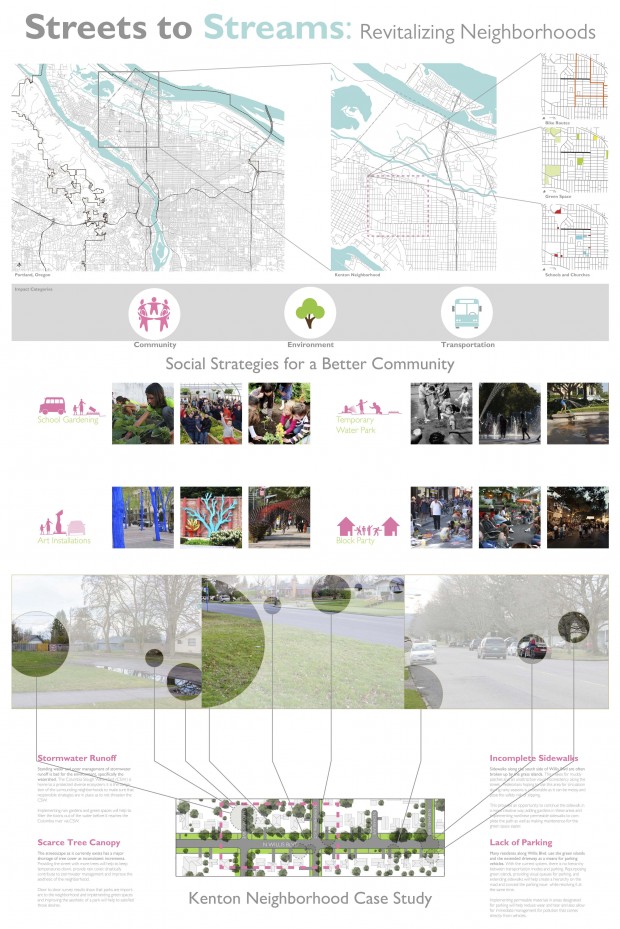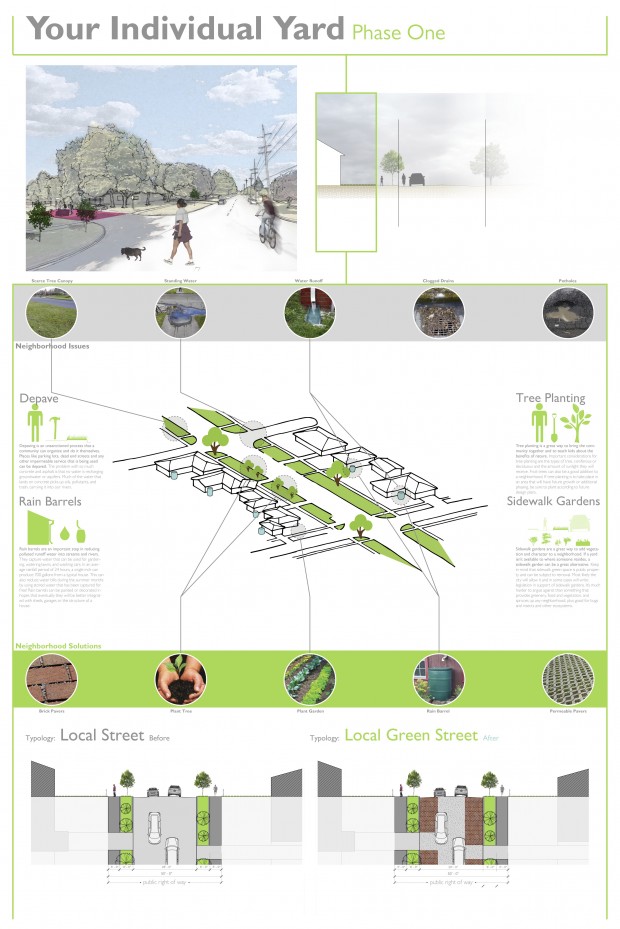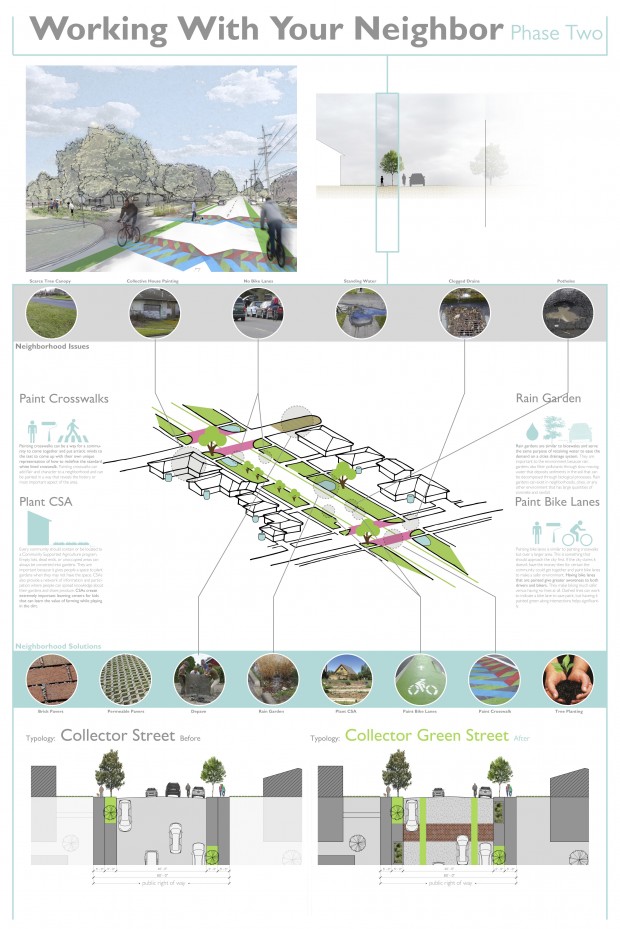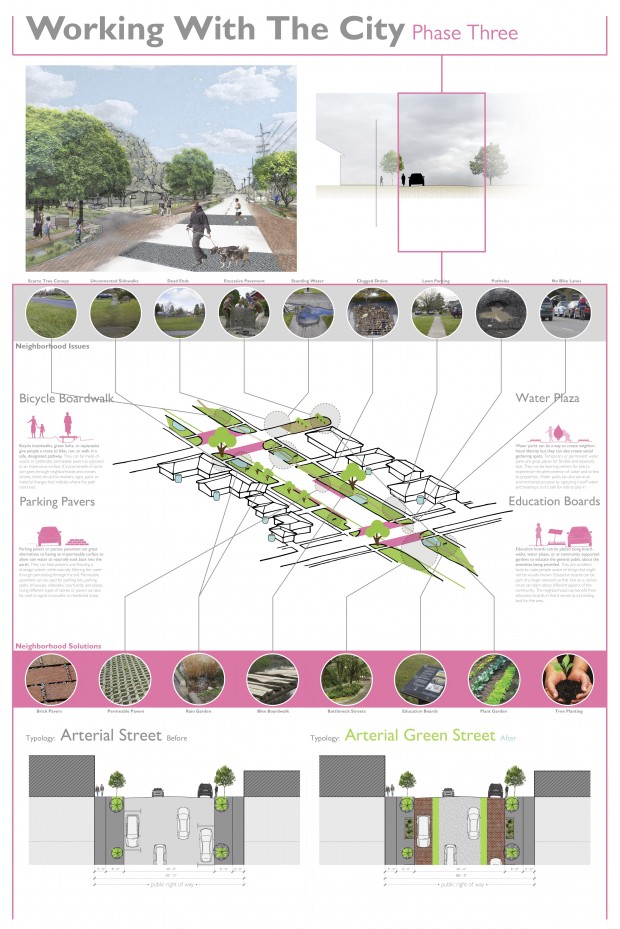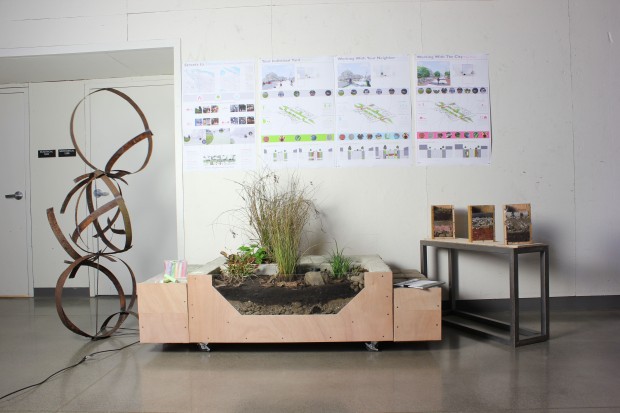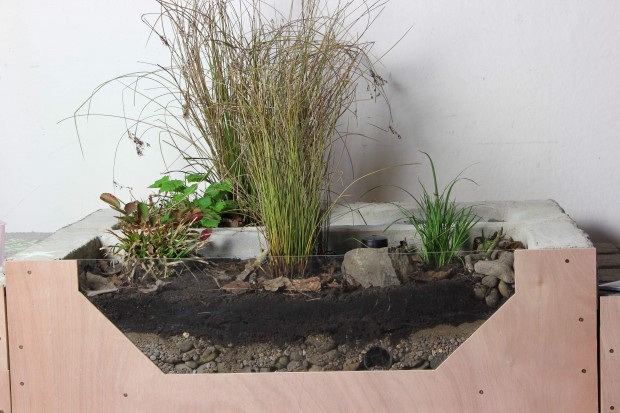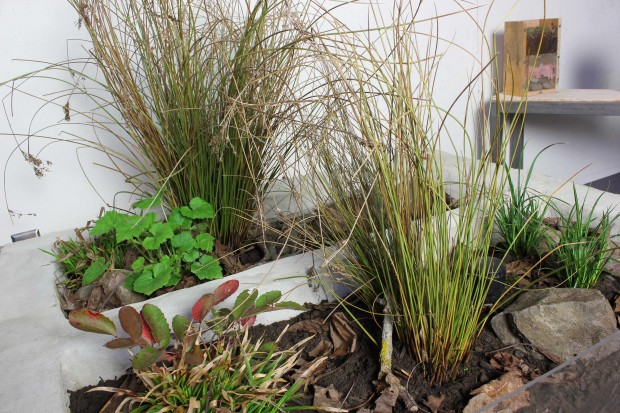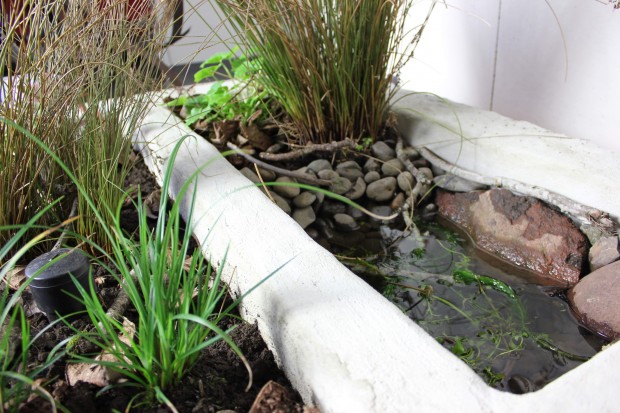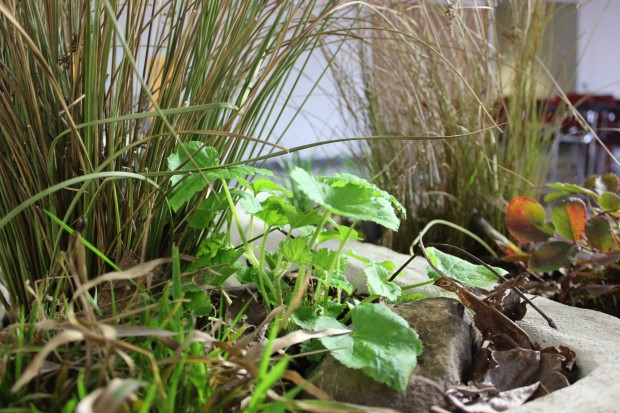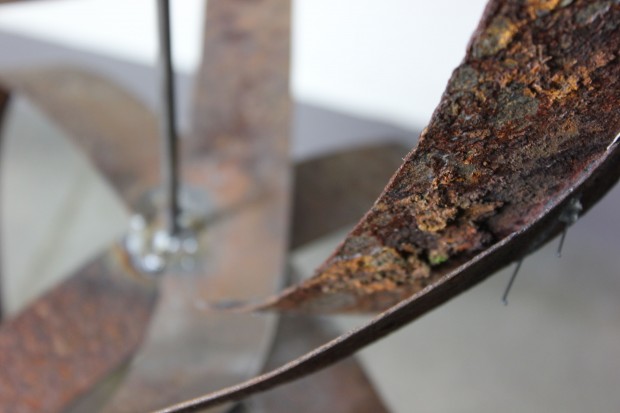Networked Urbanism
design thinking initiatives for a better urban life
apps awareness bahrain bike climate culture Death design digital donations economy education energy extreme Extreme climate funerals georeference GSD Harvard interaction Krystelle mapping market middle east mobility Network networkedurbanism nurra nurraempathy placemaking Public public space resources Responsivedesign social social market Space time time management ucjc visitor void waste water Ziyi
In The Derty Boyz, our initial project was to completely remove pavement and restore natural habitats in the form of urban forests, wetlands, and gardens public gardens around the downtown area. The issue is the lack of specificity in the problem we were attempting to identify. We traveled to north Portland in hopes of finding areas that suited the general idea we initially came up with. This area became N Willis Blvd; this meant that we tried finding a solution before we identified the issue. Wanting to stick with the same general concept of natural restoration we found a way to make N Willis Blvd. fit our needs by taking a deeper look at the issues that were both obvious, and that involved further research and came from contacting the neighborhood association.
Streets to Streams are now our new topic, rooting from the channels of water that once ran through the streets that were now main corridors for commuters. Looking at the geographical, topographical, and historical aspects, we came up with a phasing plan that would allow residents renting homes to get involved in better storm water management and scale up to community involvement and ultimately city sanctioned interventions to arrive at our final goal of having a re-imagined streetscape and street section for N Willis Blvd.
Capturing and redirecting storm water from the street and also away from the foundation of homes is the underlying issue at hand and we incorporate education, social, and community engagement in the process to help achieve the best results possible for the neighborhood. There has been an ongoing conversation with the chair of the Kenton Neighborhood Association and a potential new partner who is associated with the Depave project and the hopes are to help get these phases in motion.
The three phases are meant to build upon one another in order to receive city recognition and funding. The first two phases have been designed to be low budget, but very effective strategies to aid in the problem areas within an environmental scope, as well as create a fluid community engagement dynamic. In establishing a community involvement aspect to each phase we have structured these solutions to include an artistic and “guerilla tactic” component ranging from community chalk boxes for children to decorate sidewalks, to painting an informal bicycle lane where there is not one currently.
Streets to Streams by networkedurbanism
